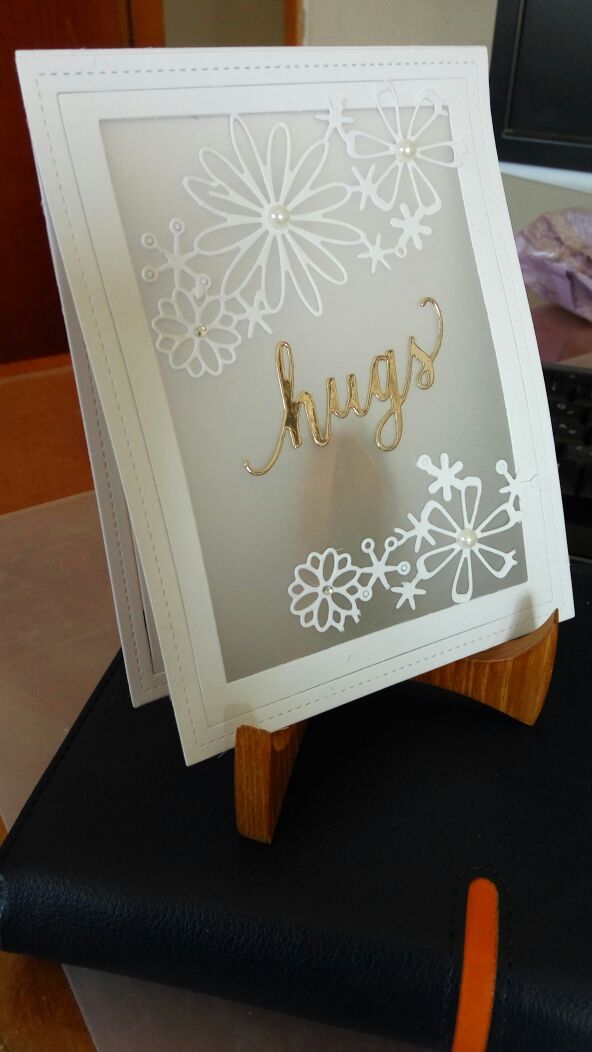Vellum, with its smooth and durable surface or called parchment leather, has been a cherished medium for artists throughout history. Its ability to hold paint with precision and luminosity makes it an ideal canvas for delicate and intricate artwork. If you're intrigued by the idea of painting on vellum but unsure where to begin, fear not! In this guide, we'll explore the essential steps to master this timeless art form.
Materials Needed:
1. Vellum paper: Select a high-quality vellum paper suitable for painting. It should have a smooth surface to ensure optimal paint adhesion.
2. Paint: Choose your preferred type of paint, such as watercolor, gouache, or acrylic. Ensure the paint is suitable for vellum and won't cause smudging or bleeding.
3. Brushes: Invest in a set of fine brushes suitable for detailed work. Different brush sizes and shapes will allow for versatility in your painting.
4. Palette: Use a palette to mix and dilute your paint colors as needed. A smooth surface like glass or plastic works well for this purpose.
5. Masking tape or clips: Secure the vellum paper to a flat surface to prevent it from moving while you paint.
6. Pencil and eraser: Sketch your design lightly on the vellum before painting to guide your composition.
*Step 1: Prepare Your Workspace*
Set up a clean and well-lit workspace conducive to creativity. Ensure your vellum paper, paints, brushes, and other materials are within reach. Cover your work surface to protect it from any accidental spills or stains.
*Step 2: Sketch Your Design*
Using a pencil, lightly sketch your design onto the vellum paper. Take your time to outline the shapes and details accurately. If needed, use an eraser to make corrections until you're satisfied with the composition.
*Step 3: Mix Your Paint*
Squeeze out small amounts of your chosen paint colors onto the palette. Add water or an appropriate medium to reduce thickness of the paint to whatever consistency you prefer. Consider mixing these colors in various ways to lend depth and vibrancy to your painting.
*Step 4: Begin Painting*
With a steady hand and a fine brush, start painting with your colours onto vellum paper. It is essential to work in thin layers, building the colours on one step at a time, in order not to smudge or overload the surface. Go right down to the smallest details of your design, so brush varying strokes of texture and dimension onto your design.
*Step 5: Allow for Drying Time*
After completing each section of your painting, allow it to dry completely before moving on to the next. This will prevent colors from blending unintentionally and ensure crisp, clean lines throughout your artwork.
*Step 6: Finishing Touches*
Once your painting is fully dry, assess it for any areas that may need touch-ups or additional details. Use a fine brush to refine the highlights, shadows, and fine lines as necessary. Take your time with this step to achieve a polished and professional finish.
*Step 7: Protect Your Artwork*
After the painting is finished and completely dry, be gentle while handling it to avoid smudging and denting the surface. Consider framing the painting under glass to keep it away from dust, moisture, and UV rays, thereby preserving its beauty for many years.
*Conclusion:*
Painting on vellum renders a singular and rewarding experience for artists. With patience, precision, and an eye for detail, one can create truly magnificent pieces that emphasize the transparent beauty of this great medium. So gather your supplies, let your imagination fly, and set forth on the marvelous adventure of learning the craft of vellum painting!
I hope you've gained valuable insights into painting on vellum, and if you're interested in vellum sheets or parchment hides, you could check it out here.I hope this blog provides you with better insights into the art of painting on vellum.
